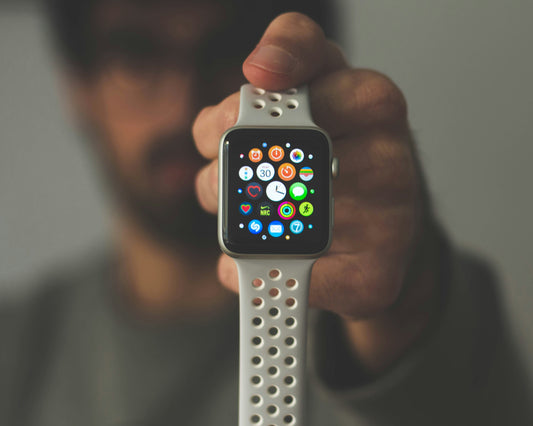Our breath doesn't lie. Long before you consciously notice you’re anxious, frustrated, or calm, your breathing has already shifted. With the rise of wearables, biofeedback tools, and digital therapeutics, researchers and clinicians are now turning to respiration as a real-time window into emotion.
This article explores how respiratory biofeedback works, the physiological links between breathing and emotion, and how tracking your breath could help you better understand—and regulate—your emotional health.
What Is Respiratory Biofeedback?
Respiratory biofeedback involves monitoring and visualizing breathing patterns in real time, often using sensors or apps. It can track metrics such as:
- Breathing rate (breaths per minute)
- Tidal volume (how deeply you’re breathing)
- Respiratory rhythm and variability
- Inhalation/exhalation ratio
-
Chest vs. diaphragmatic breathing
This data is then used to increase awareness of how you're breathing—and by extension, how you're feeling.
“The breath is both a reflection and a regulator of emotion. Biofeedback simply makes that relationship visible.”
— Journal of Psychophysiology
The Emotional Signature of Breath
Your respiratory system is tightly connected to the autonomic nervous system (ANS). Different emotions elicit distinct breathing patterns:
-
Anxiety: Rapid, shallow breathing; often through the mouth
-
Anger: Irregular breathing with breath-holding or sighing
-
Sadness: Long, slow exhalations and frequent sighs
-
Calmness: Smooth, deep nasal breathing with rhythmic cadence
-
Joy: Slightly elevated rate, but with open, relaxed inhalation
These patterns often occur unconsciously, but with biofeedback, they become something you can observe—and change.
How Biofeedback Helps Emotional Regulation
Real-Time Awareness
Devices like chest bands, smartwatches, or smartphone apps give visual or auditory cues when breathing becomes erratic—often before you're fully aware of emotional escalation.
Training the Breath
Guided biofeedback sessions help users practice slow, diaphragmatic breathing or coherence breathing (e.g., 5.5 breaths/minute), which improves vagal tone and emotional resilience.
Decoding Patterns Over Time
Some systems log long-term data, identifying emotional triggers based on breathing disruptions—helpful for people with PTSD, panic disorder, or high-performance demands.
Reducing Emotional Reactivity
Studies show that regular breath-focused biofeedback training reduces amygdala activity (the brain’s fear center) and increases prefrontal cortex engagement (responsible for executive function and self-regulation).
Tools and Technologies in Use
-
Muse®, Spire, and Biofeedback Federation devices for real-time breath tracking
-
HRV biofeedback apps (e.g., EliteHRV, Inner Balance) that incorporate respiration
-
Smart rings and watches with breathing rate sensors and stress notifications
-
VR-based therapy that syncs breath to visuals and soundscapes
Some clinicians even use respiratory biofeedback in exposure therapy to help trauma patients stay grounded while revisiting difficult memories.
Who Benefits from Respiratory Biofeedback?
-
People with anxiety, panic, or trauma disorders
-
Performers, athletes, and public speakers
-
Caregivers and clinicians in high-stress environments
-
Individuals with asthma or hyperventilation syndrome
-
Anyone looking to deepen mind-body awareness
A 2024 meta-analysis in Biofeedback & Self Regulation found that breath-based biofeedback significantly improved emotional self-regulation scores in both clinical and non-clinical populations.
Quick Practice: Try This Now
The “Notice-Adjust-Anchor” Breath Check-In
-
Notice: Observe your breath right now. Fast? Shallow? Paused?
-
Adjust: Slow it down. Inhale for 4 counts, exhale for 6.
-
Anchor: Repeat 6 cycles, noticing how your body and mood shift.
Do this two to three times a day to begin linking breath to emotion in your everyday life.
Final Thoughts
Your breath holds more data than you think. With the help of biofeedback tools and awareness practices, you can begin to decode emotional signals, intervene before distress escalates, and train your nervous system toward calm and balance.
In a world filled with noise, the breath offers a quiet but powerful signal—if we know how to listen.
Resources
-
The Clinical Guide to Breath-Based Biofeedback – Biofeedback Federation of Europe
-
Respiration as a Marker of Emotional State – Psychophysiology Journal
-
Muse® and Spire device reviews: www.wearablex.com
- Inner Balance by HeartMath: www.heartmath.com




